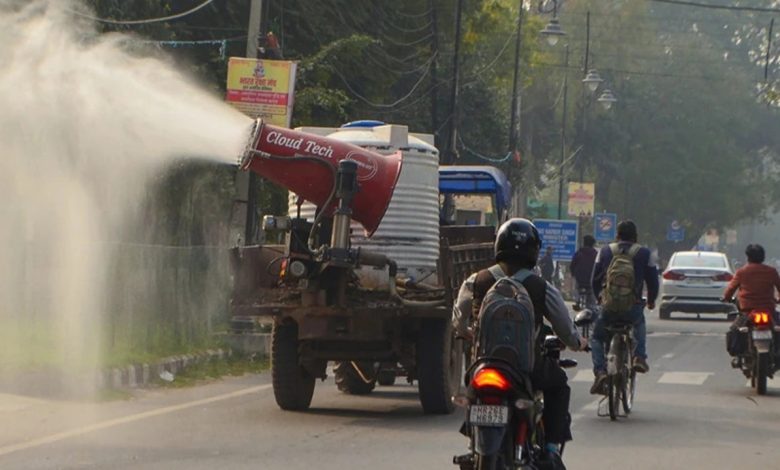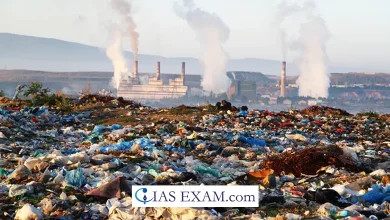
Context-According to the fifth World Air Quality Report prepared by IQAir based on the annual average level of pollutant PM2.5 in air, a total of 39 Indian cities featured on the list of world’s 50 most polluted cities.
Key Highlights
- Wretched measurements showed that Bhiwadi in Rajasthan with PM levels of 92.7 was viewed as the most contaminated city in India and third most dirtied city on the planet.
- Meanwhile, PM levels of 92.6, nearly 20 times the safe limit, made Delhi the most polluted metropolitan city. On a list of 50, the national capital came in fourth.
- Patna, Muzzaffarnagar, Dharbanga, Noida, Gurgaon, Bulandshahr, Meerut, Charkhi Dadri, Jind, Ghaziabad, Faridabad, Dadri, Meerut, Hisar, and Greater Noida were other cities that dominated the list.
- Based on a comparison of the current average PM 2.5 levels with those that were reported in previous years, the data also came to the conclusion that the pollution levels in Delhi’s neighboring towns of Gurugram, Noida, Ghaziabad, and Faridabad saw a slight decline, going from 34% in Gurugram to 21% in Faridabad.
- In addition, in 2022, India ranked eighth out of 131 nations with a population-weighted average PM2.5 level of 53.3 g/m3.
- On this list, it came before Chad, Iraq, Pakistan, Bahrain, Bangladesh, Burkina Faso, and Kuwait.
- The country’s 2022 annual average was slightly lower than the 2021 average of 58.1 g/m3.
What is IQAir?
- IQAir is a Swiss company that makes technology for improving air quality.
- It uses data from monitoring stations run by governments and other institutions and organizations around the world to make annual global reports on air quality.
- PM2.5 data from 7,323 cities and 131 countries are used in the 2022 report.
Why is the report required?
- Seven million people worldwide die each year from air pollution, which is now considered the greatest threat to environmental health.
- Air contamination causes and exasperates numerous infections, going from asthma to malignant growth, lung ailments and coronary illness.
- The daily economic cost of air pollution has been estimated at USD 8 billion, or 3 to 4 percent of the Gross World Product (GWP). The GWP is the sum of the GDPs of all the countries in the world.
- People who are most vulnerable are most affected by air pollution.
- In addition, exposure to PM2.5 has been found to increase both the risk of contracting the virus and the severity of its symptoms, including death, in this age group of Covid-19.
How do you measure PM 2.5?
- PM2.5 data from 7,323 cities and 131 countries, regions, and territories serve as the basis for the report.
- Due to its prevalence in the environment and wide range of health effects, PM2.5, or particulate matter consisting of fine aerosol particles measuring 2.5 microns or smaller in diameter, is widely accepted as the most harmful to human health. It is one of six criteria air pollutants that are routinely measured.
- PM2.5 can come from a variety of sources and have a variety of chemical and physical properties.
- Sulfates, nitrates, black carbon, and ammonium are all common chemical components of PM2.5.
- Internal combustion engines, power generation, industrial processes, agricultural processes, construction, and residential wood and coal burning are the most common human-made sources.
- Dust storms, sandstorms, and wildfires are the natural sources of PM2.5 that occur the most frequently.





.png)



